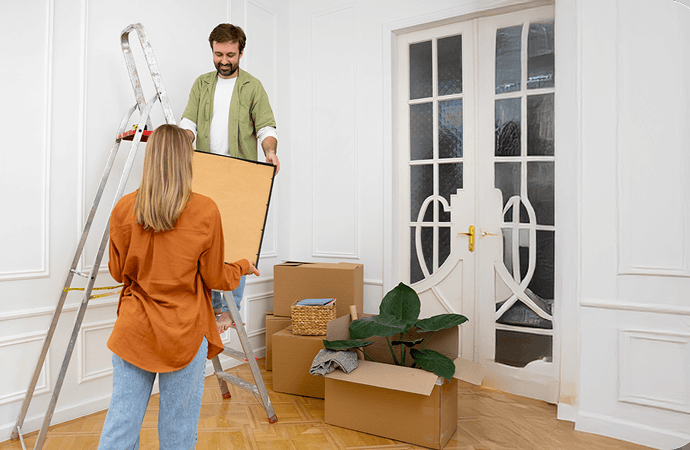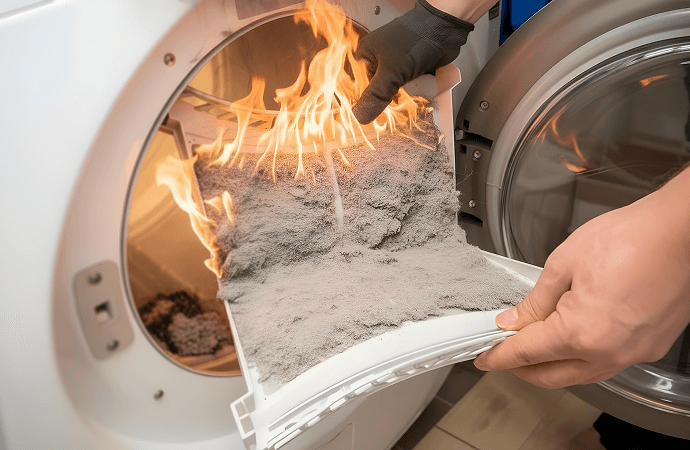Older homes have a lot going for them: timeless character, quality craftsmanship, and unique details you just don’t find in new construction. But as any homeowner or buyer knows, charm comes with quirks — and sometimes serious challenges.
At Mose Home Inspection, we specialize in uncovering the stories Montreal’s older homes have to tell. Whether you’re considering a century home in Westmount, a Plateau-Mont-Royal duplex, or you already live in a beloved family property, knowing what to look for is the key to preserving its beauty while avoiding costly surprises.
Here are the seven most common problems in older homes — and how to fix them.
Outdated Electrical Systems ⚡
Many homes built before 1970 weren’t designed for today’s power-hungry lifestyles. Common issues include:
- Knob-and-tube wiring
- Aluminum circuits
- Undersized electrical panels
These can lead to overloaded breakers, limited outlets, and even fire hazards. Many insurers in Montreal won’t cover homes with knob-and-tube wiring unless it’s replaced.
✅ Solution: Hire a licensed electrician to assess your system and upgrade to modern wiring and panels.
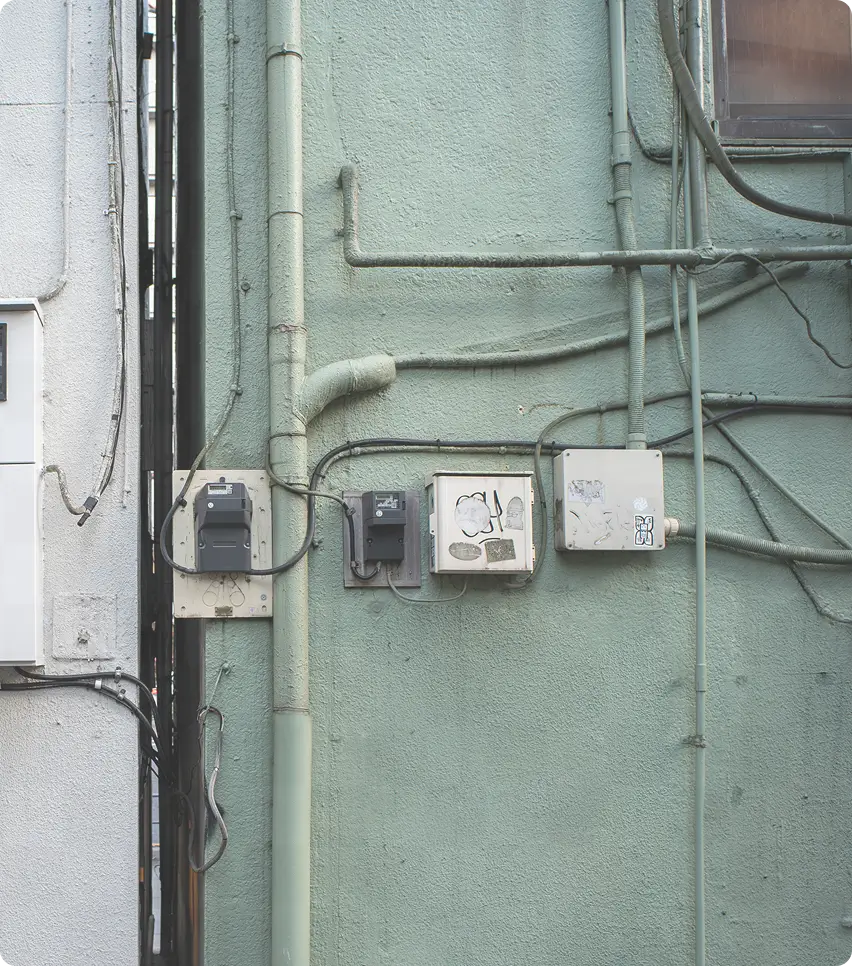
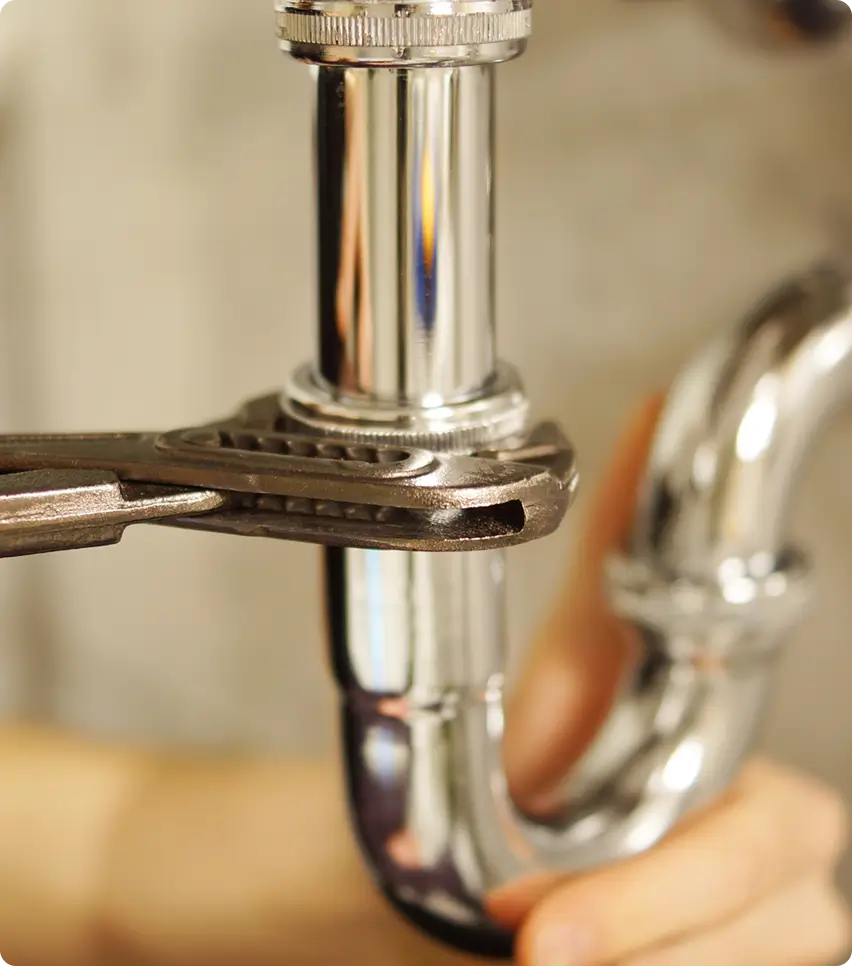
2. Aging Plumbing 🚰
Older Montreal homes often contain:
- Lead service lines (pre-1950)
- Galvanized steel pipes (1940s–1960s)
These materials corrode over time, causing low water pressure, discolored water, and leaks.
✅ Replace outdated pipes with copper or PEX. Think of it as giving your home a new set of arteries
3. Foundation & Structural Concerns 🏗️
Cracks in walls, sloping floors, and shifting foundations are common in older houses due to settling or water damage.
✅ Solution: A professional inspection by a foundation specialist or structural engineer will determine whether it’s a minor issue or something requiring urgent repair.
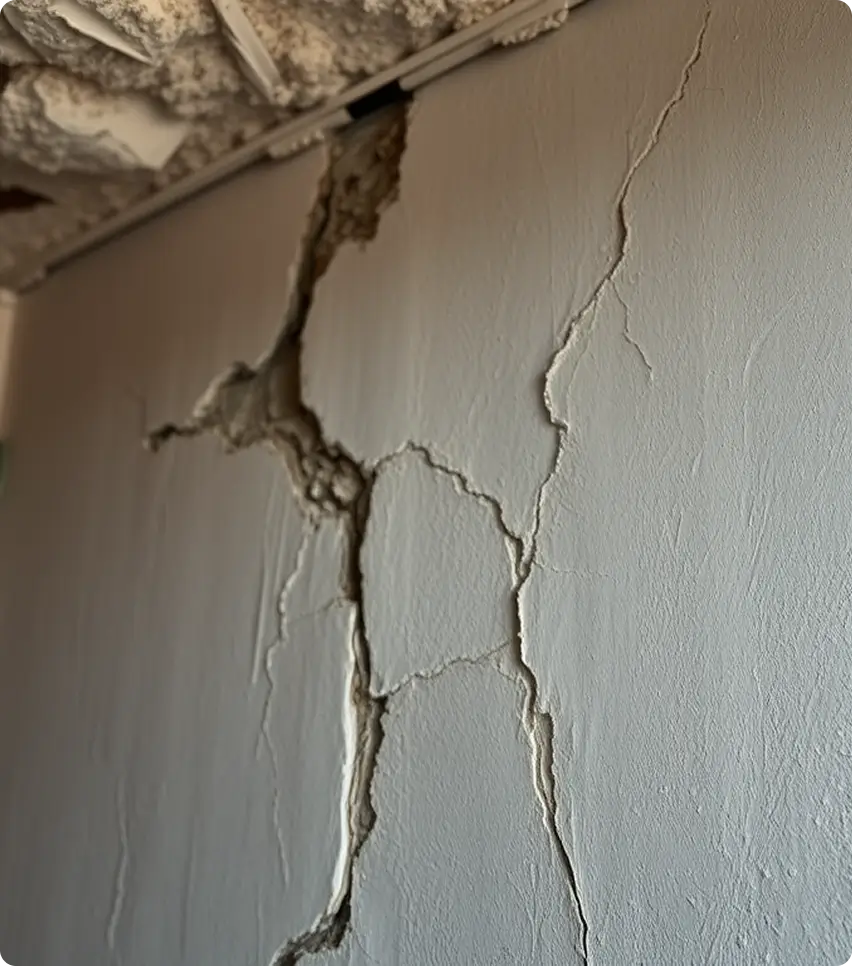
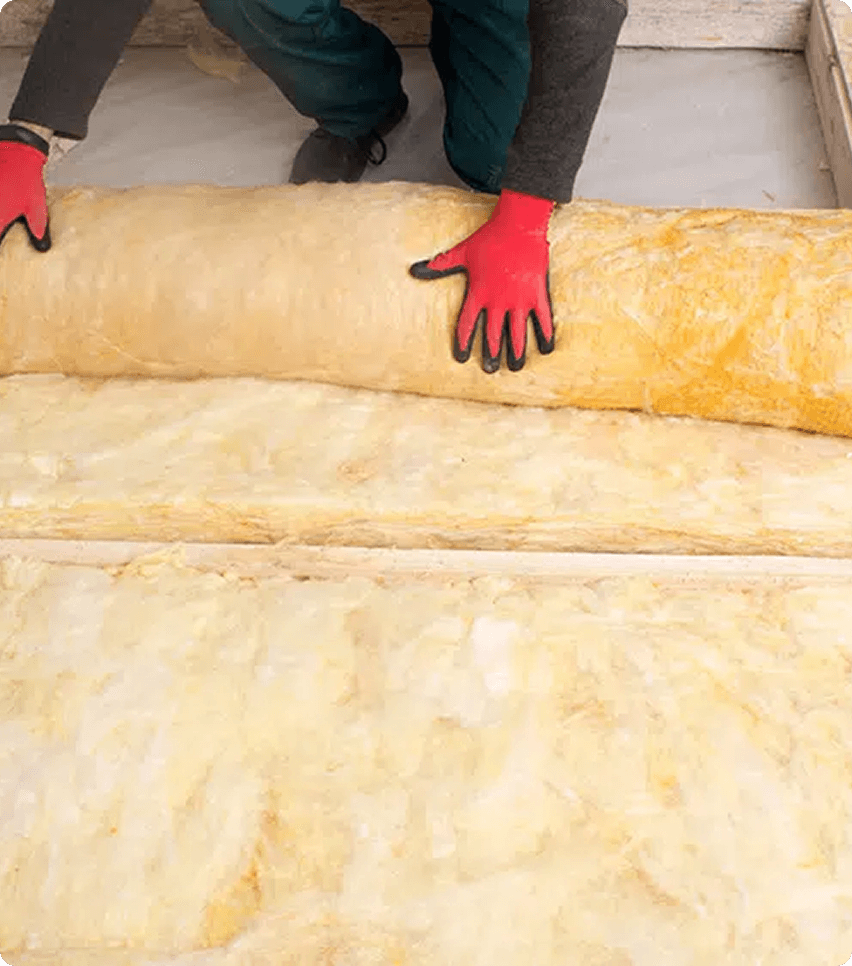
4. Poor Insulation & Energy Inefficiency ❄️🔥
Insulation was often overlooked in older construction. Without upgrades, you may face:
- Drafty winters
- Overheated summers
- High energy bills
✅ Solution: Add modern insulation in attics, walls, and floors, and seal air leaks. This upgrade boosts comfort and efficiency.
5. Roofs at the End of Their Life 🏠
If your roof shingles are more than 20–25 years old, they may be ready to fail. Warning signs include:
- Missing or curled shingles
- Leaks or stains on ceilings
- Damaged flashing
✅ Solution: Schedule a professional roof inspection before water damage causes expensive repairs.
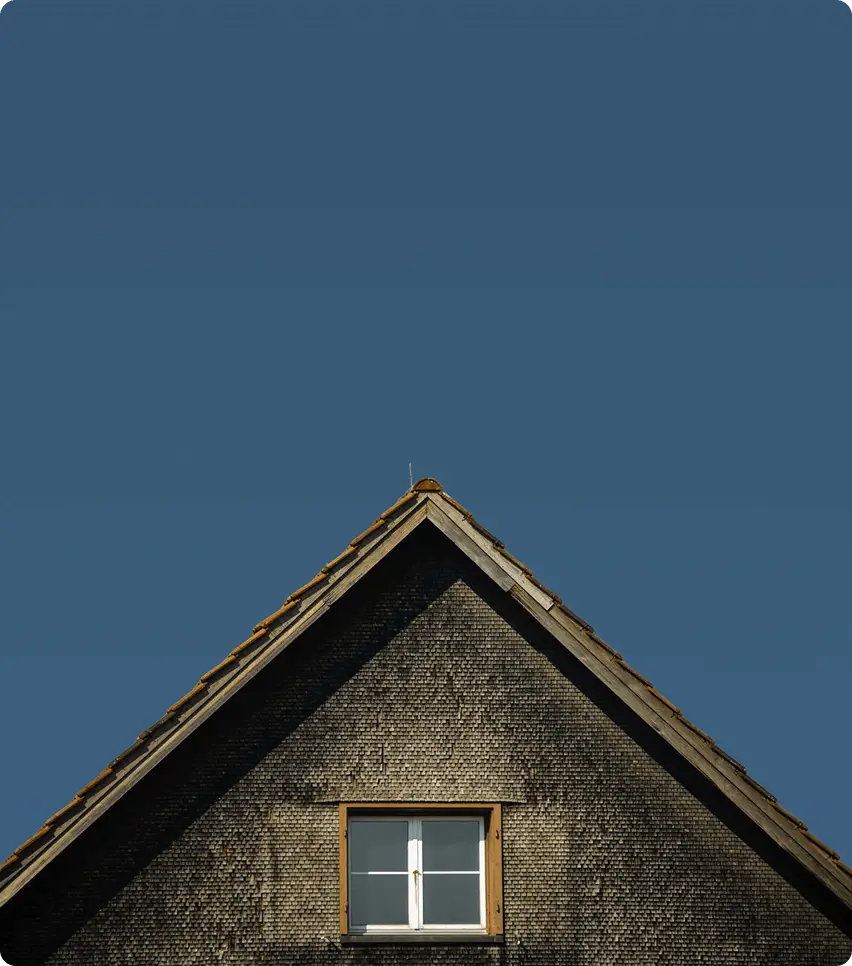

6. Hidden Hazards:
Lead & Asbestos ⚠️
Many older Montreal homes contain:
- Lead paint (pre-1978)
- Asbestos in flooring, insulation, or pipe wrap
These materials are safe if left undisturbed but dangerous during renovations.
✅ Solution: Test before remodeling. Hire certified professionals for safe removal.
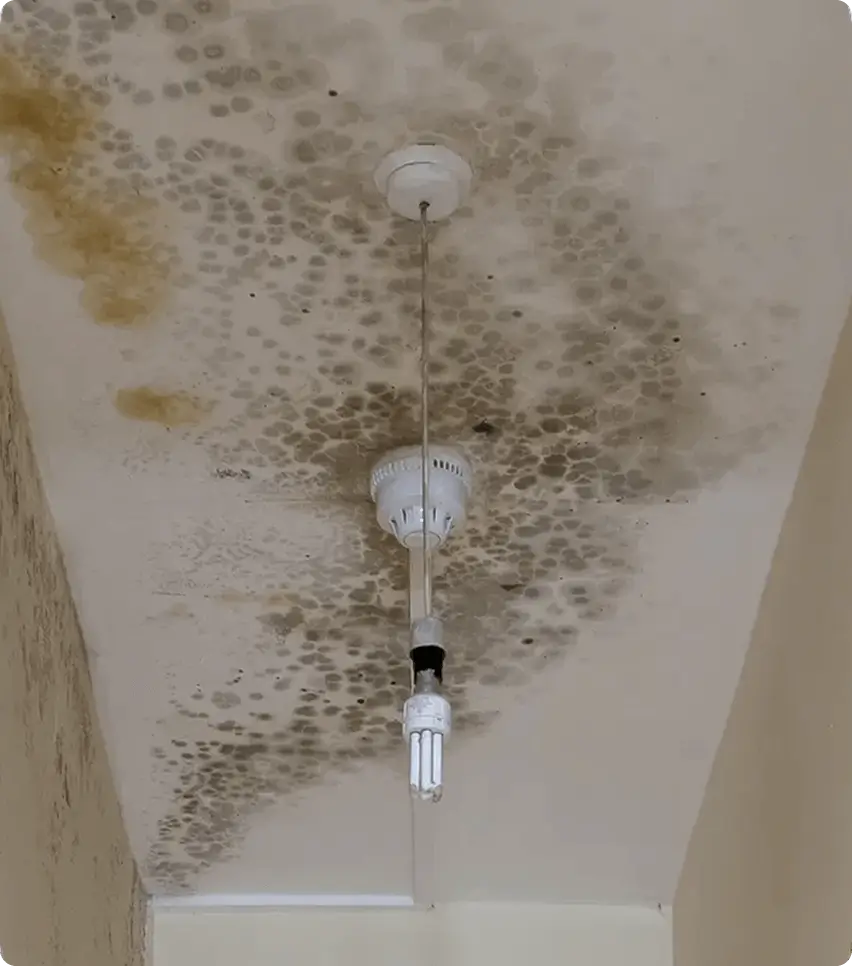
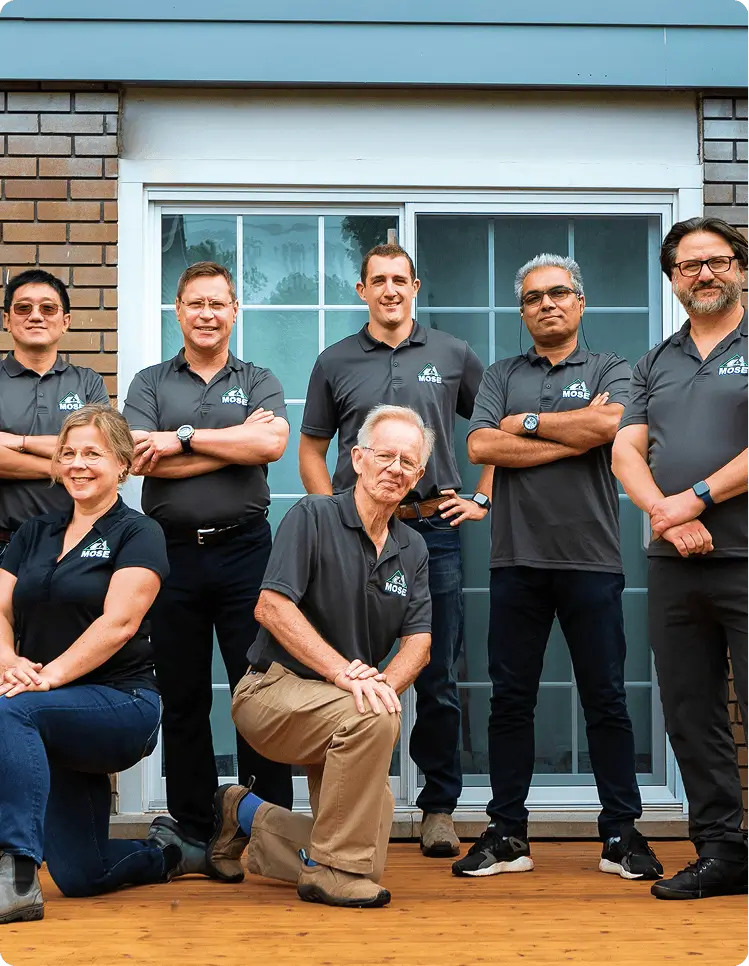
How Mose Home Inspection Protects Your Investment
At Mose Home Inspection, we provide detailed inspections of older homes across Montreal, Laval, and the South Shore. Our certified inspectors deliver a Mose Report — a clear, actionable roadmap that highlights:
- Urgent issues
- Recommended repairs
- Long-term maintenance tips
Book your comprehensive home inspection today and buy or own your older home with confidence.

